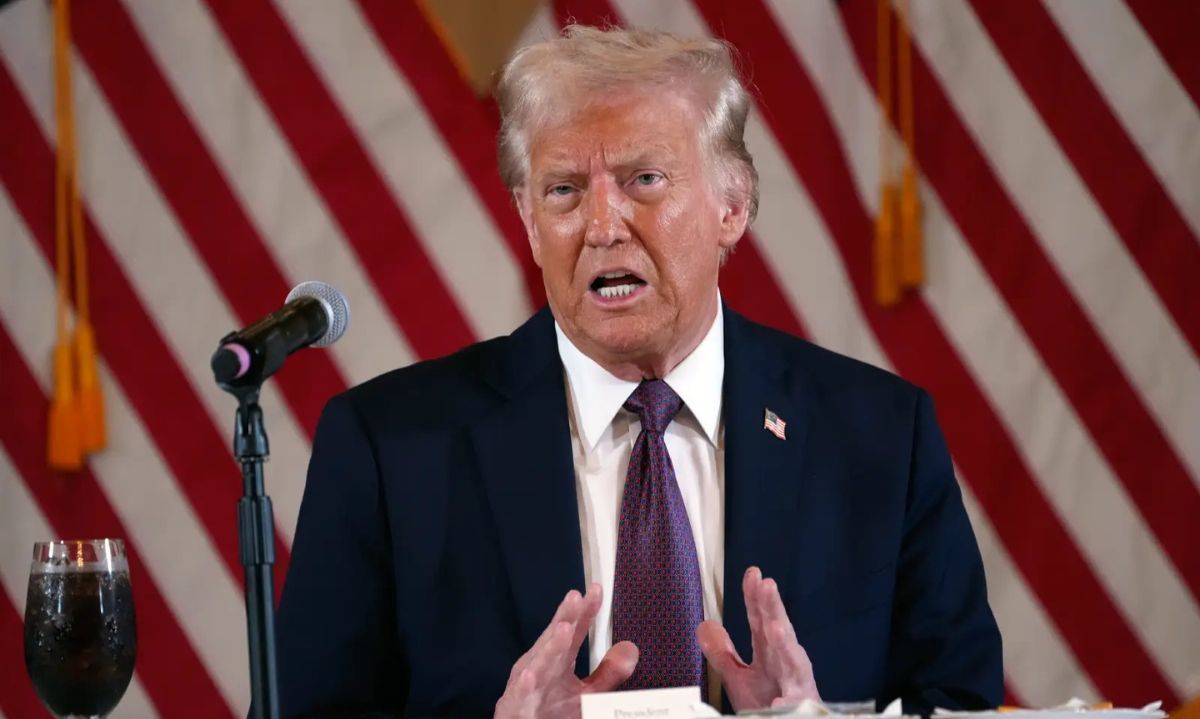
The White House could impose a 25% tariff on copper imports in a matter of weeks, triggering price volatility between New York and London and raising concerns across the global mining industry.
President Donald Trump may impose up to a 25% tariff on copper imports much sooner than initially anticipated, according to sources familiar with the process. Although the Department of Commerce has 270 days to present its findings, a decision could arrive within weeks. White House officials say everything is moving at what they call “Trump time.”
Back in February, Trump ordered the investigation, and while it is still ongoing, many expect the tariff decision to be a mere formality. White House trade adviser Peter Navarro stated that the new Secretary of Commerce, Howard Lutnick, is executing the directive “as quickly as possible.”
The anticipation of new tariffs has already sent shockwaves through the global copper market. On New York’s Comex, copper surged 3.1%, reaching an all-time high of $5.3740 per pound, while the London Metal Exchange (LME) saw a 1.1% price drop, widening the price gap between the two exchanges to over $1,700 per ton.
Analysts like Xu Wanqiu from Cofco Futures warn that “New York copper is rallying on expectations of a 25% tariff. If that doesn’t materialize, a sharp correction could follow.” The global market is now bracing for extreme price volatility.
Supply disruptions and Asian shortages
The price disparity has triggered a global rush to ship copper to the U.S., where sellers seek to benefit from high premiums. This has created a supply crunch in other markets, particularly in China, the world's top copper consumer.
According to Li Yaoyao of Xinfu Futures, “The copper drop in London signals that traders may no longer have enough time to move more metal to the U.S. before tariffs hit,” temporarily easing global shortages while adding long-term uncertainty.
Concerns for Chilean exports
If implemented, the tariffs could directly affect major copper exporters like Chile, which supplies more than 25% of the world’s copper. This would potentially disrupt trade flows and impact Chile’s fiscal revenues and export outlook.
Although Chile has diversified its copper clients in Asia and Europe, access to the U.S. market remains essential for mining companies with transformation or refining operations in North America.
Faster than past trade actions
This rapid process stands in contrast with Trump’s previous trade moves, like the steel and aluminum tariffs, which took nearly 10 months to finalize. Analysts believe this urgency is part of a broader strategy aligned with the administration’s industrial and electoral agenda.
If enforced, the copper tariffs would mark another chapter in the ongoing global trade war, affecting key industries such as energy, infrastructure, and advanced manufacturing.




